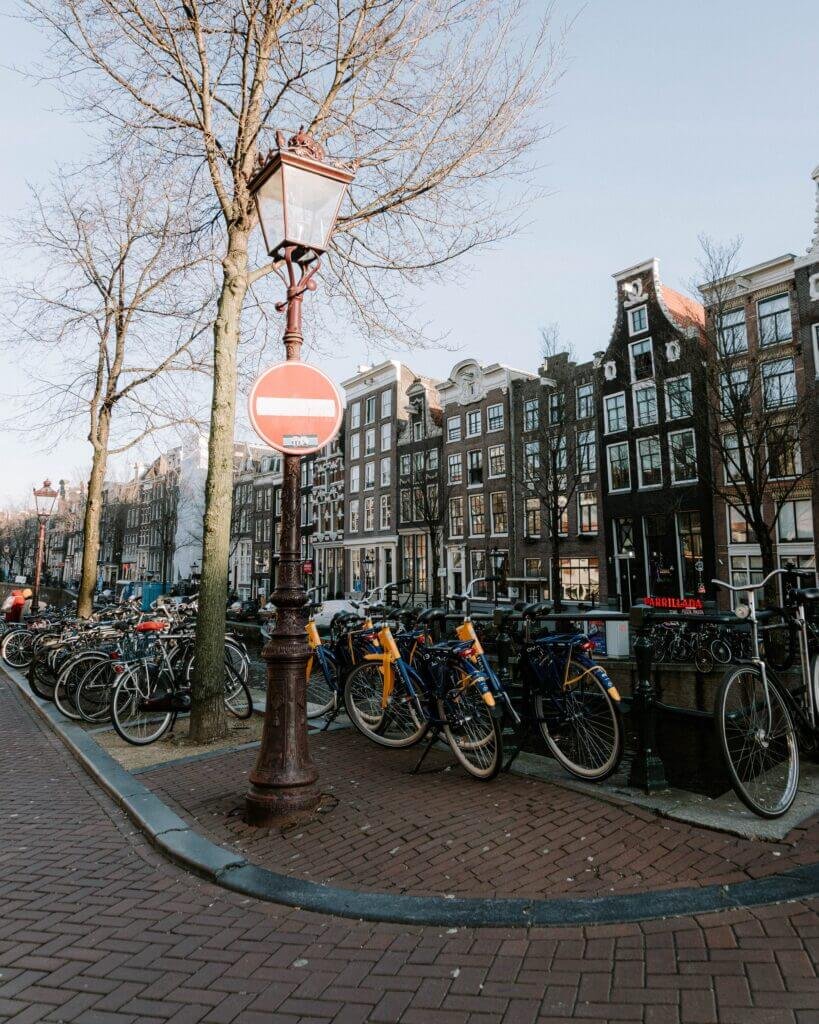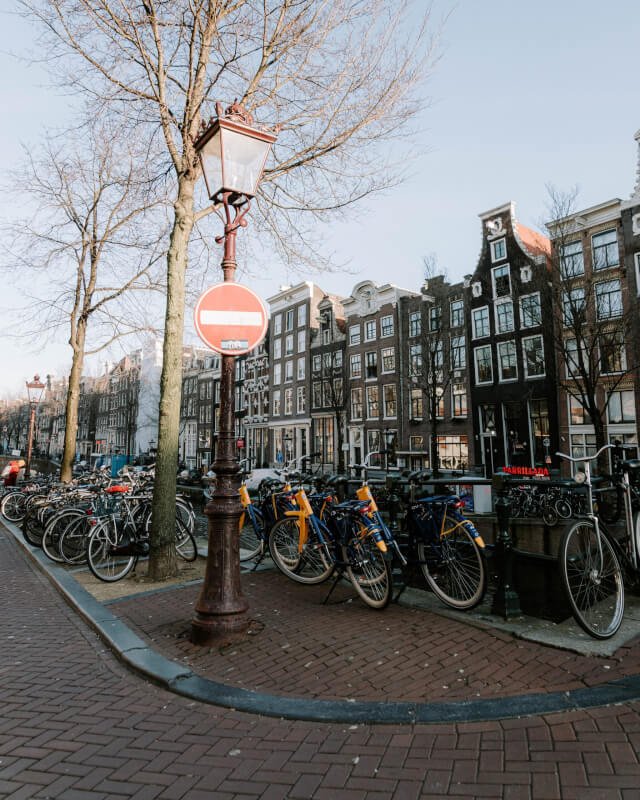If you’re looking to add a touch of natural beauty to your city garden while also doing your part to support the environment, attracting pollinators is the way to go. These tiny and hardworking creatures, such as bees, butterflies, and hummingbirds, play a vital role in the pollination process, helping plants to reproduce and thrive. By creating an inviting space for them, filled with colorful flowers, a variety of plants, and appropriate water sources, you can transform your city garden into a buzzing hub of life and ensure the continued success of both your garden and the local ecosystem.

Choosing the Right Plants for Pollinators
Native plants
One of the best ways to attract pollinators to your city garden is by choosing native plants. Native plants are those that naturally occur in your area and have adapted to the local climate and soil conditions. Since pollinators have co-evolved with native plants, they are more likely to be attracted to them and find them a reliable source of food. Native plants also provide important habitat and food for the entire life cycle of pollinators, from larvae to adults.
Plants with single-petal flowers
Another factor to consider when choosing plants for pollinators is the type of flowers they have. Plants with single-petal flowers, such as daisies or sunflowers, are more beneficial for pollinators than plants with double-petal flowers. Single-petal flowers are easier for pollinators to access and offer them a greater amount of pollen and nectar. By providing these types of flowers in your city garden, you will attract a wider range of pollinators, including bees, butterflies, and hummingbirds.
Plants with a variety of bloom times
In order to support pollinators throughout the entire growing season, it is important to choose plants that bloom at different times. By selecting a variety of plants with staggered bloom times, you can ensure that there is a continuous source of food for pollinators from early spring to late fall. This will attract a diverse array of pollinators and encourage them to visit your city garden regularly.
Providing a Habitat for Pollinators
Creating nesting sites
Pollinators, especially bees, require suitable nesting sites to lay their eggs and raise their young. By creating nesting sites in your city garden, you can provide a safe and welcoming habitat for pollinators. This can be done by leaving patches of bare ground, which some bees use for nesting, or by providing nesting blocks made of wood or bamboo. You can also install specially designed nesting boxes for solitary bees.
Installing bee houses
Installing bee houses in your city garden is another effective way to provide habitat for pollinators. Bee houses are designed to attract solitary bees, who are important pollinators but often have limited nesting sites in urban areas. These houses consist of small tubes or holes that mimic natural hollow stems or tunnels where bees lay their eggs. By providing bee houses, you can help increase the nesting opportunities for solitary bees in your city garden.
Building a water source
In addition to food sources, pollinators also need water to survive. By providing a water source in your city garden, such as a shallow dish or birdbath, you can attract and support pollinators. It is important to ensure that the water source is shallow and has a rough surface to prevent pollinators from drowning. Adding some small rocks or pebbles to the water can help provide a landing pad for insects to safely access the water.

Reducing the Use of Pesticides
Integrated pest management
To create a pollinator-friendly environment in your city garden, it is essential to reduce the use of pesticides. Instead of relying solely on chemical pesticides, consider implementing integrated pest management (IPM) strategies. Integrated pest management involves using a combination of methods, such as biological control, cultural practices, and targeted pesticide use, to manage pests in a more sustainable and environmentally friendly way. By adopting IPM techniques, you can minimize the impact of pesticides on pollinators while still effectively managing pests.
Using organic and natural pest control methods
Another option for reducing the use of pesticides is to utilize organic and natural pest control methods. These methods include using beneficial insects, such as ladybugs or lacewings, to control pests, as well as using organic insecticides derived from plant-based ingredients. By embracing these natural alternatives, you can protect pollinators while still managing pests in your city garden.
Creating a Pollinator-Friendly Environment
Avoiding the use of chemical fertilizers
Chemical fertilizers can have negative impacts on pollinators and other beneficial insects. They can contaminate water sources and disrupt the natural balance of nutrients in the soil. To create a pollinator-friendly environment in your city garden, it is best to avoid or minimize the use of chemical fertilizers. Instead, opt for organic fertilizers or compost to provide nutrients to your plants while protecting pollinators.
Mulching to retain moisture
Mulching is an effective technique for conserving soil moisture and suppressing weeds. By applying a layer of organic mulch, such as wood chips or straw, around your plants, you can help retain moisture in the soil, reducing the need for frequent watering. Additionally, mulch provides an insulating layer that helps regulate soil temperature and minimizes weed growth. This creates a more favorable environment for both plants and pollinators in your city garden.
Providing shelter and windbreaks
Pollinators require shelter to rest, hide from predators, and seek refuge from extreme weather conditions. By including features such as shrubs, trees, or even a small hedge, you can provide shelter and windbreaks for pollinators in your city garden. These features not only offer protection but also create diverse microclimates within your garden, attracting a wider range of pollinators. Additionally, windbreaks can help prevent wind-induced stress on plants and make your garden more attractive to pollinators.

Educating the Community on Pollinators
Hosting workshops and events
One way to raise awareness about the importance of pollinators and promote their conservation is by hosting workshops and events in your community. These can be educational sessions that provide information on pollinator-friendly gardening, the role of pollinators in food production, or other relevant topics. By organizing workshops and events, you can engage with the community and inspire others to create pollinator-friendly environments in their own gardens.
Collaborating with local schools and organizations
Collaborating with local schools and organizations is another effective way to educate the community on the importance of pollinators. Partnering with schools can involve organizing field trips or workshops for students, while working with organizations can include participating in community events or volunteering in local gardens. By working together, you can reach a wider audience and have a greater impact on pollinator conservation in your city.
Attracting Specific Pollinators
Attracting bees
Bees are some of the most important and efficient pollinators, and attracting them to your city garden can greatly benefit both your plants and the ecosystem. To attract bees, plant a variety of flowers with different colors, shapes, and sizes that bloom throughout the season. Bees are particularly attracted to blue, purple, yellow, and white flowers. Include plants such as bee balm, lavender, and echinacea, which provide abundant nectar and pollen. Avoid using pesticides, as they can harm bees and deter them from visiting your garden.
Attracting butterflies
Butterflies are not only beautiful to observe but also essential pollinators. To attract butterflies to your city garden, plant flowers that provide nectar and host plants for their caterpillars. Butterflies are attracted to bright-colored flowers, particularly those that are red, orange, pink, or purple. Include plants such as milkweed for monarch butterflies, as it is their host plant and a critical component of their life cycle. Providing a water source, such as a shallow dish with wet sand, can also help attract butterflies to your garden.
Attracting hummingbirds
Hummingbirds are unique pollinators known for their ability to hover and feed on nectar-rich flowers. To attract hummingbirds to your city garden, include tubular-shaped flowers that are brightly colored, particularly red or orange. Hummingbirds have long beaks that allow them to access the nectar deep inside these flowers. Plants such as trumpet vine, columbine, and salvia are excellent choices for attracting hummingbirds. Additionally, installing hummingbird feeders filled with a homemade nectar solution can further encourage their presence in your garden.
Planting Strategies for Pollinator Gardens
Grouping plants together
Grouping plants together in your city garden can create visual impact and make it easier for pollinators to find the flowers they need. By choosing plants with similar growing conditions and placing them in clusters, you can create patches of color and fragrance that will attract and support pollinators. Grouping plants also mimics the natural conditions found in meadows or woodlands, where pollinators are naturally drawn to dense and diverse plantings.
Using a variety of flower shapes and colors
To maximize the attraction of pollinators, it is important to incorporate a wide range of flower shapes and colors in your city garden. Different pollinators have different preferences when it comes to flower shapes and colors. By including a variety of shapes, such as daisy-like flowers, tubular flowers, and flat cluster flowers, you can cater to the diverse needs of pollinators. Additionally, using a mix of colors throughout your garden will create a visually appealing landscape that is attractive to both pollinators and humans.
Including host plants for caterpillars
If you want to create a truly pollinator-friendly environment, it is important to include host plants for caterpillars in your city garden. Caterpillars are the larval stage of butterflies and moths, and they have specific host plants that they rely on for food and shelter. By including these host plants, such as milkweed for monarch butterflies or parsley for swallowtail butterflies, you can support the complete life cycle of pollinators in your garden. This not only attracts more pollinators but also contributes to the overall health and biodiversity of your city garden.
Providing a Year-Round Food Source
Planting early spring flowers
To ensure a year-round food source for pollinators, it is important to include early spring flowers in your city garden. These flowers provide essential nourishment for pollinators emerging from hibernation or migrating back to your area. Crocuses, daffodils, and hellebores are examples of early spring flowers that provide a valuable food source and attract pollinators when few other plants are in bloom.
Including late blooming plants
Late blooming plants are equally important for maintaining a year-round food source for pollinators in your city garden. These plants extend the availability of nectar and pollen into the late summer and fall when many other flowers have finished blooming. Including plants such as asters, sedums, and goldenrods will provide pollinators with the resources they need to build up energy reserves for winter or migration.
Choosing evergreen plants
To ensure a consistent food source for pollinators, consider including evergreen plants in your city garden. Evergreen plants, such as conifers or hollies, retain their foliage throughout the year, providing shelter and potential food sources during the winter months. Some evergreen plants also produce flowers or berries that can attract pollinators even during cold weather. By incorporating evergreen plants into your garden, you can support pollinators throughout the entire year.
Maintaining Your Pollinator Garden
Regular weeding and pruning
Maintaining a healthy and thriving pollinator garden requires regular weeding and pruning. Weeds can compete with your plants for resources, such as sunlight, water, and nutrients, and can negatively impact both the growth of your plants and the attractiveness of your garden to pollinators. Keep your garden free of weeds by regularly pulling them out or using natural weed control methods. Pruning dead or diseased branches helps keep your plants healthy and encourages new growth and blooming.
Monitoring for pests and diseases
Regularly monitoring your city garden for pests and diseases is essential to prevent infestations and ensure the well-being of pollinators. Inspect your plants for signs of pests, such as chewed leaves or distorted growth, and take appropriate actions, such as handpicking pests or using targeted treatments, if necessary. Similarly, watch for signs of plant diseases, such as wilting or discoloration, and promptly address them to prevent the spread of infections. By staying vigilant and taking proactive measures, you can maintain a healthy environment for pollinators in your garden.
Deadheading spent blooms
Deadheading, or removing spent blooms, is a simple and effective way to promote continuous blooming in your city garden and attract more pollinators. By removing faded flowers, you prevent the plant from diverting energy into seed production and instead encourage it to produce new blooms. This not only improves the overall appearance of the garden but also provides a fresh source of nectar and pollen for pollinators. Deadheading spent blooms can be done by hand or using garden shears, depending on the plant and your preference.
Getting Involved in Citizen Science Projects
Participating in pollinator counts
Citizen science projects provide opportunities for individuals to contribute to scientific research and monitoring efforts. Participating in pollinator counts, such as the Great Pollinator Project or the Bumble Bee Watch, allows you to collect data on pollinators in your city garden and contribute to broader research on their distribution and abundance. By recording the number and types of pollinators you observe, you can help scientists and conservationists better understand the needs of pollinators and develop effective conservation strategies.
Contributing to research initiatives
In addition to participating in pollinator counts, there are other ways to contribute to research initiatives focused on pollinators. Some organizations or universities may be conducting specific research projects related to pollinator conservation and are in need of volunteers. By offering your time and expertise, you can actively contribute to scientific research and gain valuable insights into the intricacies of pollinator behavior and ecology. These research initiatives play a vital role in advancing our understanding of pollinators and guiding conservation efforts.
By following these strategies and implementing these practices, you can create a pollinator-friendly city garden that not only benefits pollinators but also enhances the beauty and biodiversity of your environment. Remember, every effort counts, no matter how small, and together we can make a significant impact in conserving and protecting our invaluable pollinators. So, get started today and enjoy the sights and sounds of buzzing bees, fluttering butterflies, and darting hummingbirds in your very own pollinator paradise!


